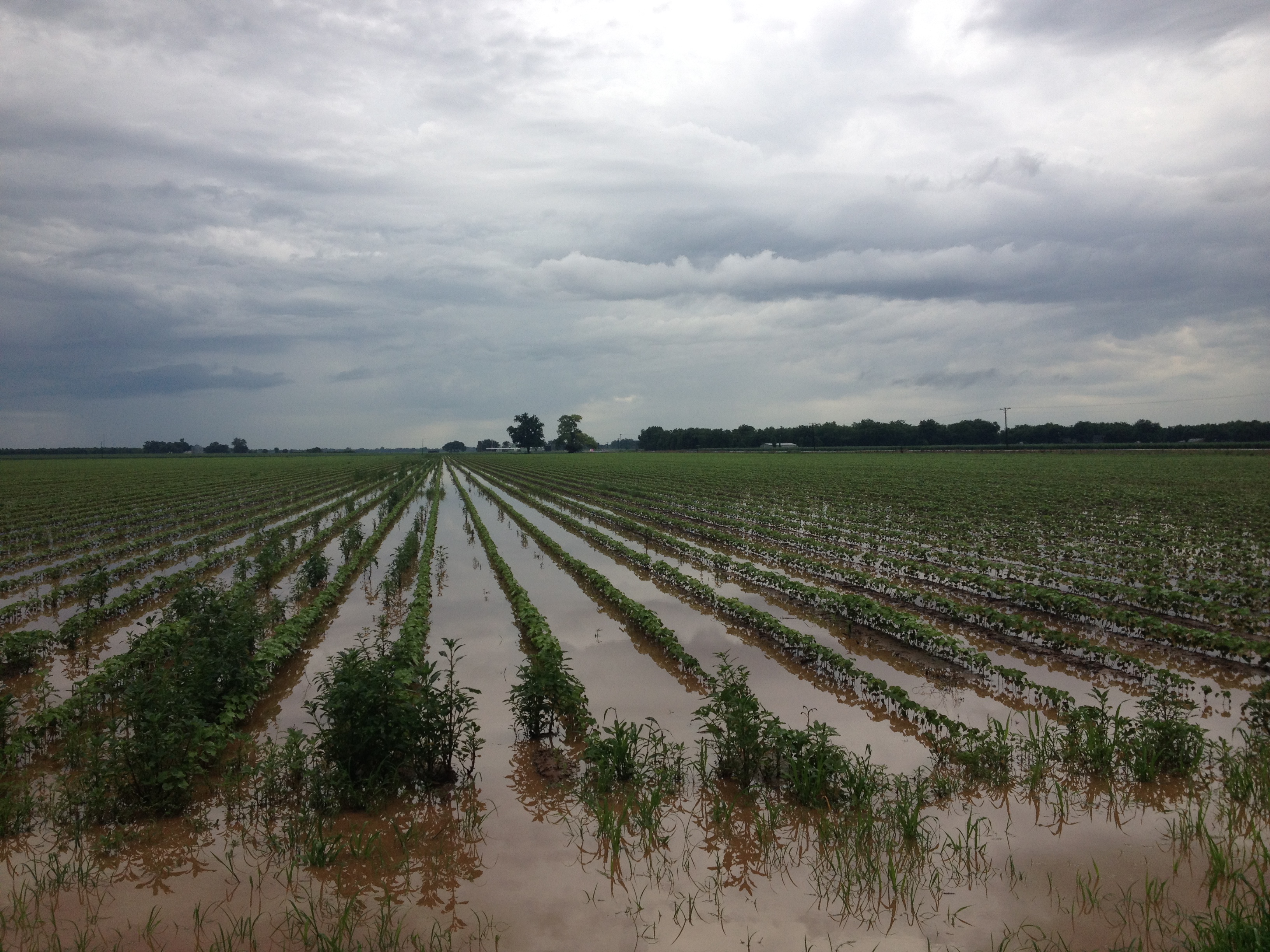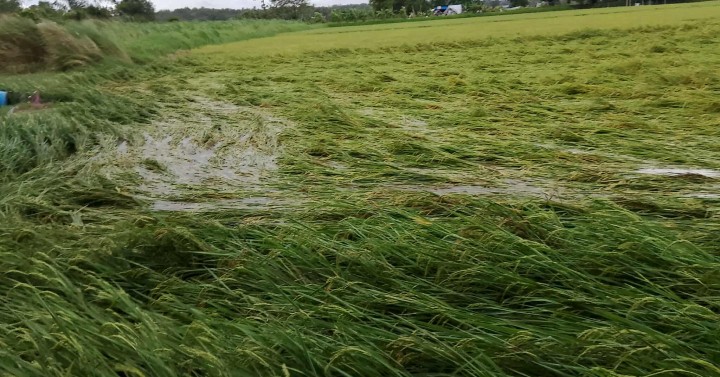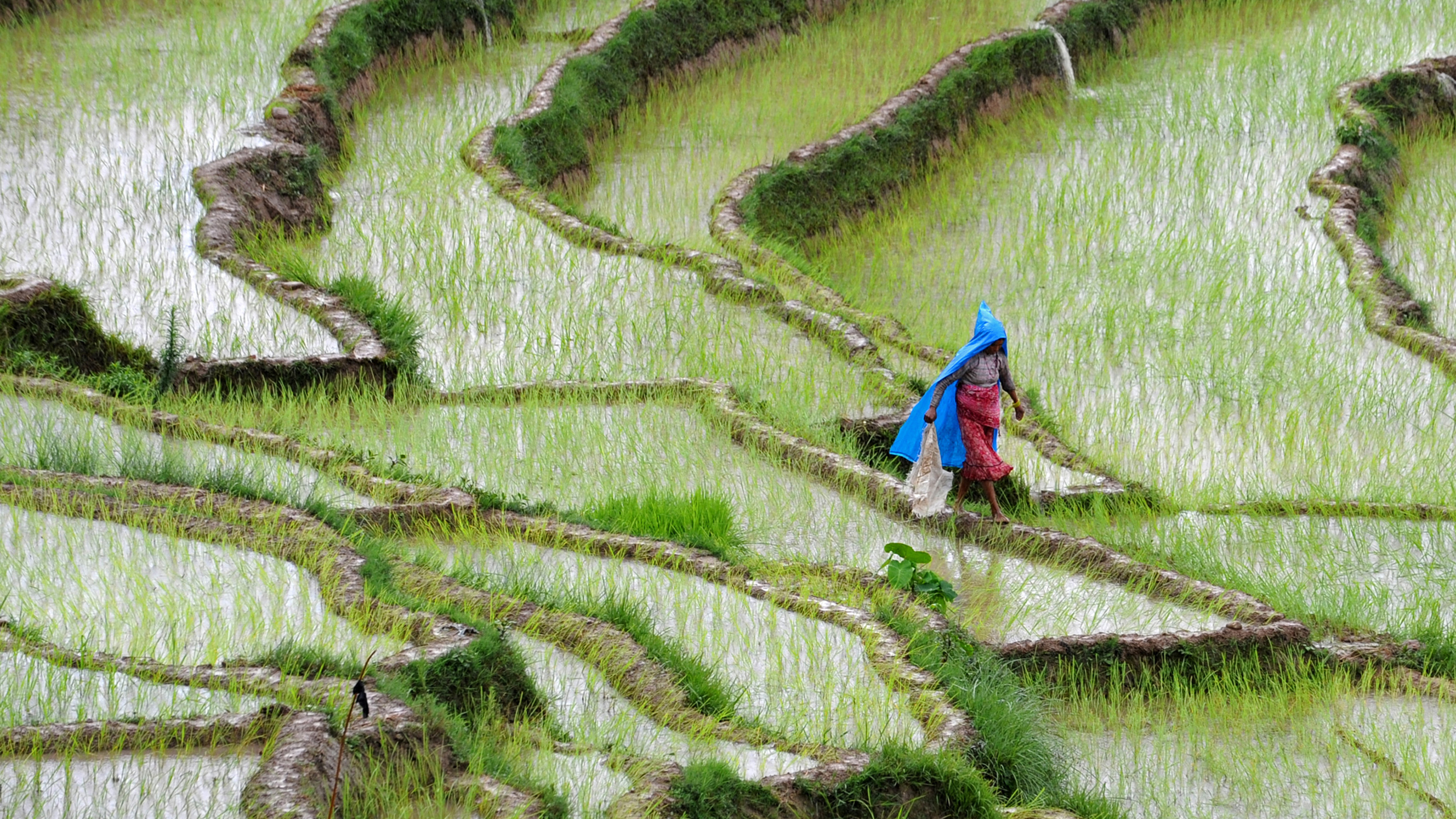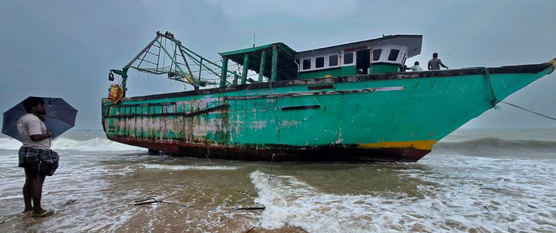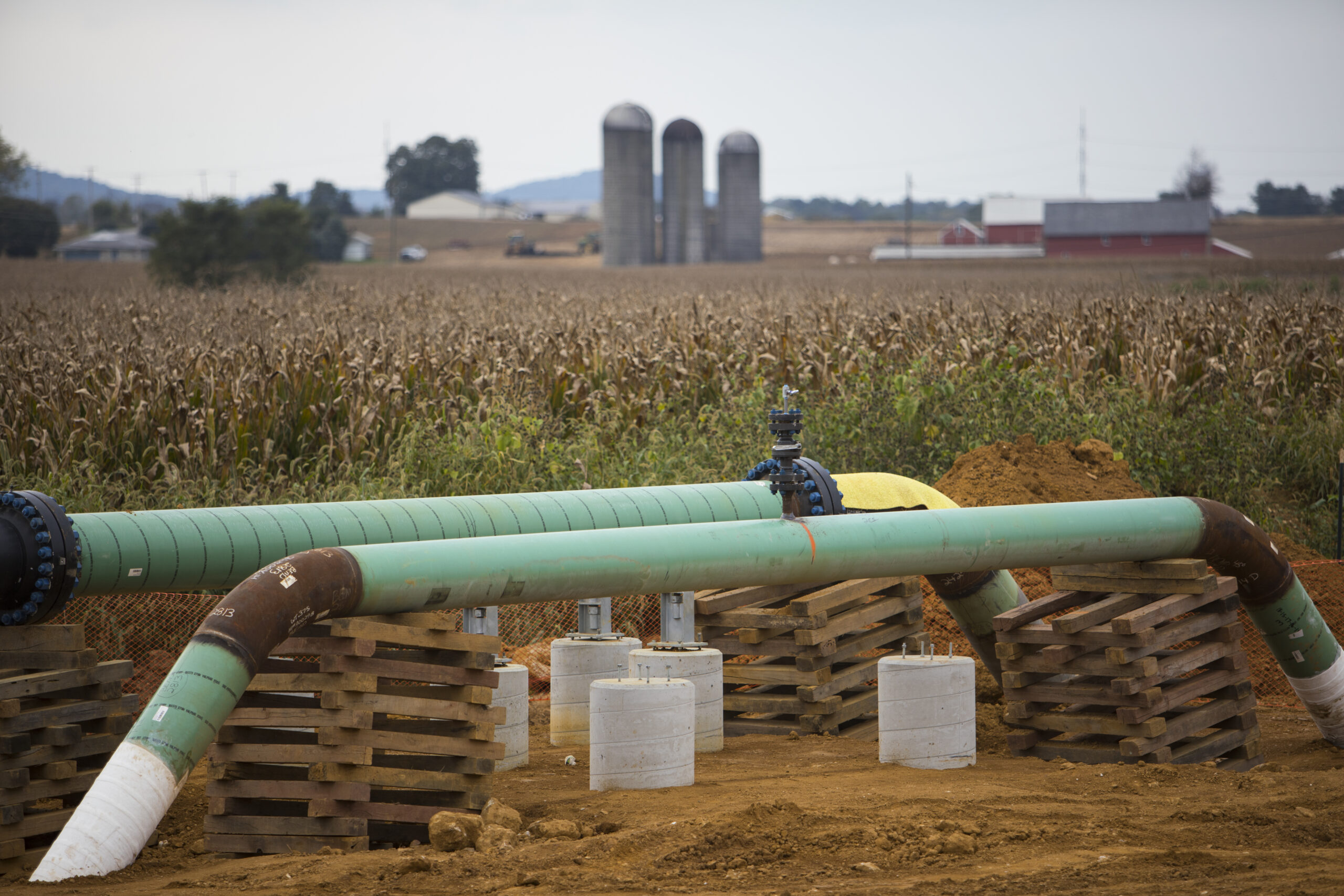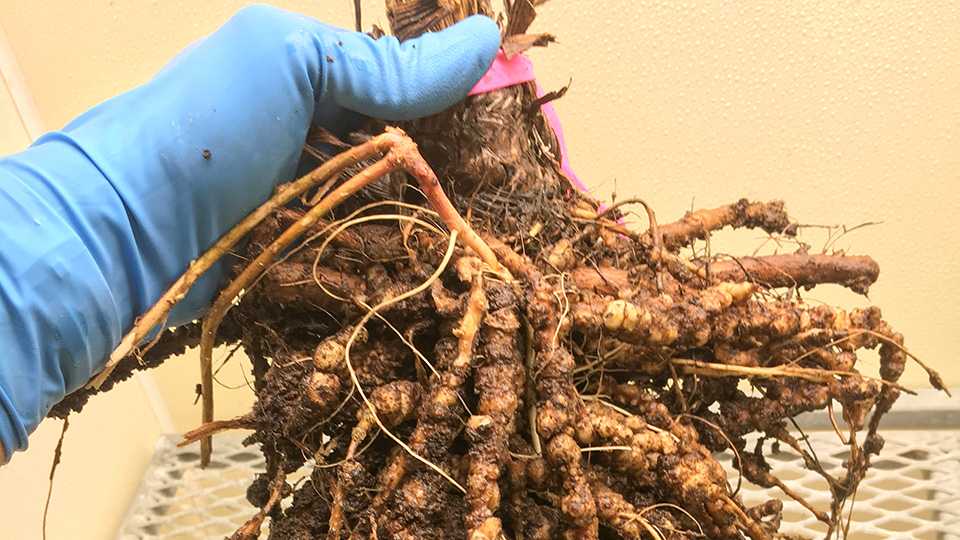Most parts of Zambia started receiving heavy rains on 11 January 2022. On the 16 January 2022, Kalomo, Namwala and Choma districts of the Southern Province started experiencing flash floods. Furthermore, the region continued to receive the high rainfall due to tropical storm (Ana and Batsirai). According to the needs assessment report issued by the Zambian government through Disaster Management and Mitigation Unit (DMMU) (17 January 2022) followed by another assessment conducted by Zambia Red Cross both reports indicated that Namwala district recorded the highest number of households affected with 3,219. The report also indicated that 8,000 Hectares of field crops were submerged in water, as well as houses and sanitation facilities. In addition, livestock such as chickens and goats were swept away. Initially, 500 HH were displaced, then following the tropical cyclone ANA the number increased to 600 HH in Namwala district. The displaced households were being accommodated in 4 camps set up by the government through the DMMU where DMMU provided tents and ZRCS provided tarpaulins to cover for their shelter needs. The immediate needs were access to safe and clean water, hygiene and sanitation, food, and protection.
A total of 4 communities in Namwala were affected: Nakamboma, Mbeza, Chitongo and Mandondo. After the onset of the disaster, one camp namely Chilumono in Mandondo ward could only be accessed by air or oxcarts, and the remaining 3 wards could be accessed by road transport. ZRCS and DMMU collaborated with Zambia Air Force (ZAF) to reach out to Chilumino ward that could only be accessed by air or oxcart to conduct assessments and provide initial response. Some parts of the country continued to experience rains however, the rains did not cause any floods though contributed to waterlogged crop fields resulting in crop failure.
A DREF operation was launched on 31 January 2022 with the overall goal to support 19,314 people (3,219 HH) affected by floods in Namwala District of Southern Province by providing food and basic needs, WASH, Health, Shelter, Protection, Gender, and inclusion support. Then the first operational update was necessitated to revise targeting in Namwala district: for shelter construction and Essential Household Items (EHIs) distribution (mosquito nets, blankets, sleeping mats) target revised from 500 Households (HH) to 492 (HH) except for Wash; target for WASH items is maintained at 3,219 HH including hygiene promotion. Reduction in the need for EHIs and shelter is mainly due to other actor’s support in Namwala. The addition of Ndola district, which was affected by floods on the 2nd of February 2022. Ndola district received WASH and Health sensitization. For shelter the target was (148 HH) displaced households when all the other sectors (WASH, health will target all the 2,550 people with the same activities planned in the EPoA. EHI distribution will be made mostly with unused stock from Namwala initial distribution. Distribution of dignity kits remains 3 months for 432 women in Namwala and 113 women in Ndola.
At the onset of the disaster, it was reported that 8,000 Ha of field crops have been submerged by water, three months after additional rains were received due to tropical cyclone Ana and Batsirai contributed towards already waterlogged crop fields. Additionally in areas that were not adversely affected by the flash floods, crops were negatively affected by late onset of rains, dry spells, and army worms. This has further worsened the food insecurity situation in the district. This resulted in crop failure and the flood victims will not have any crop to harvest to meet their food needs and or have any excess crop to sell as a means of income.
Source - https://reliefweb.int


